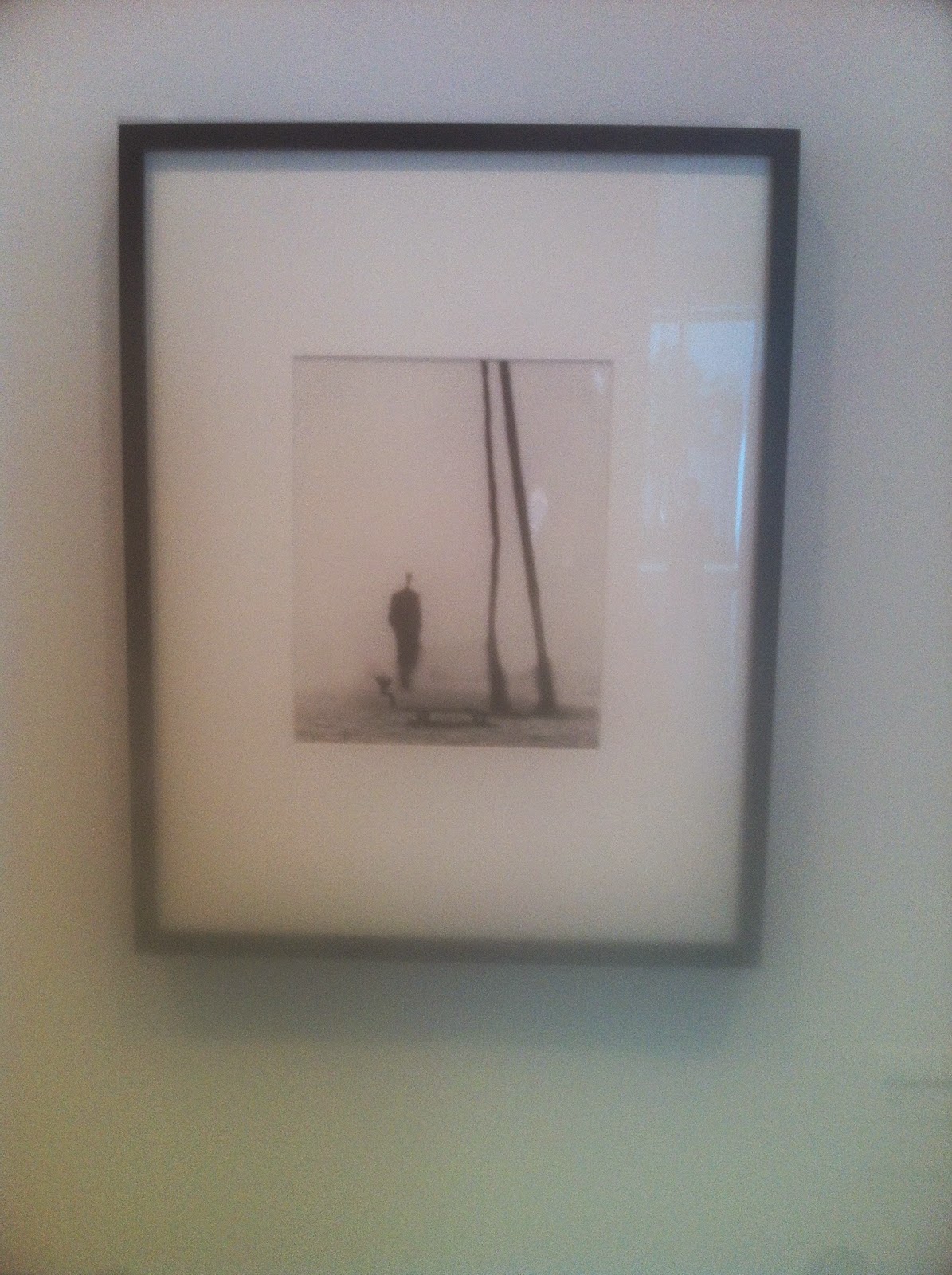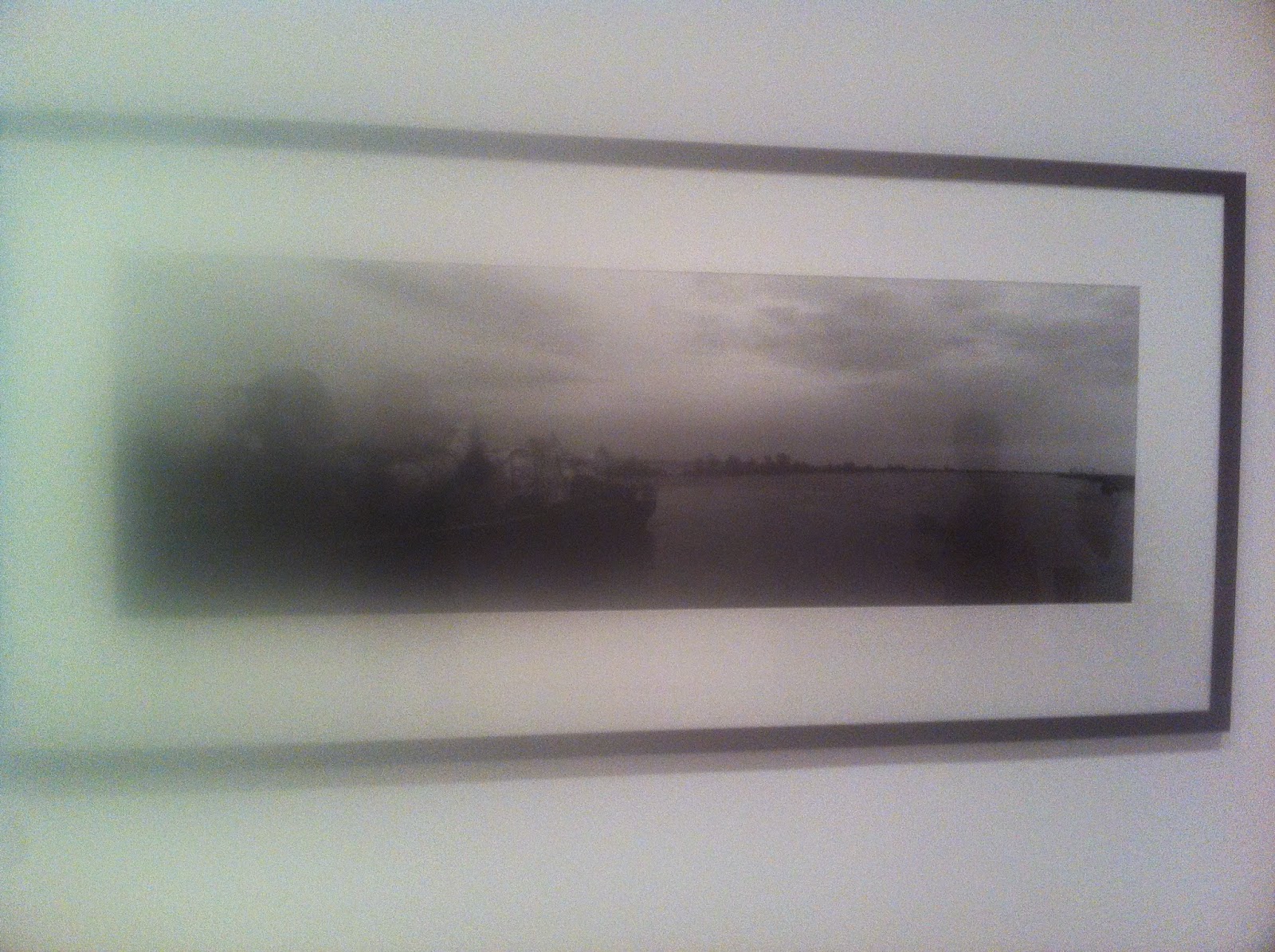I've been in Chicago for the last the couple of days. In these days, I've been exposed to a variety of different Architecture and other art styles. Yesterday, I went to visit the Art Institute of Chicago, where I went through an exhibition of art from different time periods. I'd like to start a multiple part series about the different parts of the museum and the requisite art periods and my own analysis on them.
I'd first stopped to observe Josef Koudelka's photographs. This was the first exhibit that I went to. Josef Koudelka was a Czech of French descent. The name of the exhibit was Nationality Doubtful, which serves to illustrate the contrast between freedom and Soviet Occupation experienced with Koudelka's respective countries, France and Czechoslovakia. Though his initial photos did not focus on the Soviet Occupation of Czechoslovakia, he did dabble in a new photographic effect. He appears to be a pioneer of extreme soft focus. These first couple of photographs best illustrate his pioneering abilities.
Through these photographs, you can see the rough outline of the subjects in the photographs, but it is not distinct enough to make out the individual details. Incidentally, this also gives the illusion that his subjects may appear as ghosts. His compositions also show a degree of balance, as in these three photographs, there are two subjects that balance each other out on both sides. These are what makes Koudelka's early works so unique.
The resulting Cold War period was certainly an anomaly and Koudelka realizes the potential of photographs to successfully capture the struggle of the Czech people against the Soviet excesses. These are the resulting photographs that occurred as a result:
Josef Koudelka's ability with photography is further enhanced with these shots. These photographs must have been rather difficult to take. First, these photographs are almost exquisitely taken, with no motion blur. All of the subjects in the photographs appears to strike the perfect gestures. Second, Koudelka was taking these photographs using older camera technology, which has longer photo processing than modern point-and-click cameras. Third, Koudelka was attempting to take these photos in a rather volatile area, so it demonstrate his personal bravery in taking these pictures. While it was never explicitly stated, these photographs may be used to demonstrate the contrast in freedom between Czechoslovakia and his adopted France. These photographs are also notable for being some of the forerunners of a style of photographs suited for journalistic motives. These photographs have the angle, perspective and emotional setting to find it's way on the front of newspapers. These photographs are the beginnings of similarly constructed photographs of armed conflicts.
Josef Koudelka was also a pioneer of strange but picturesque landscapes. These photos illustrates his ability to capture amazing landscapes.
These photographs, especially the first one create a sense of mystery. It appears to be at the base of some form of mountain, but it isn't clear where it was taken just form looking at it. Indeed, it looks rather otherworldly. The prevalence of black and white photographs in the past certainly gives everything an aura of uncertainty. His panoramic shots are amongst the first of his generation; he was able to combine these photographs so seamlessly. These photographs also reflect the changing political landscape; he no longer have an obligation to take photographs involving the Soviet Union any more. Instead, he is able to devote his talents to exploring the various peaceful constructs of nature. After I saw Koudelka's gallery, I am indeed impressed with the vision and ability of this man. I did feel that the exhibit did not do a very good job of making the concrete connection between his nationality and his vision of photography. Nevertheless, I enjoyed this exhibition in the Art Institute of Chicago.








No comments:
Post a Comment